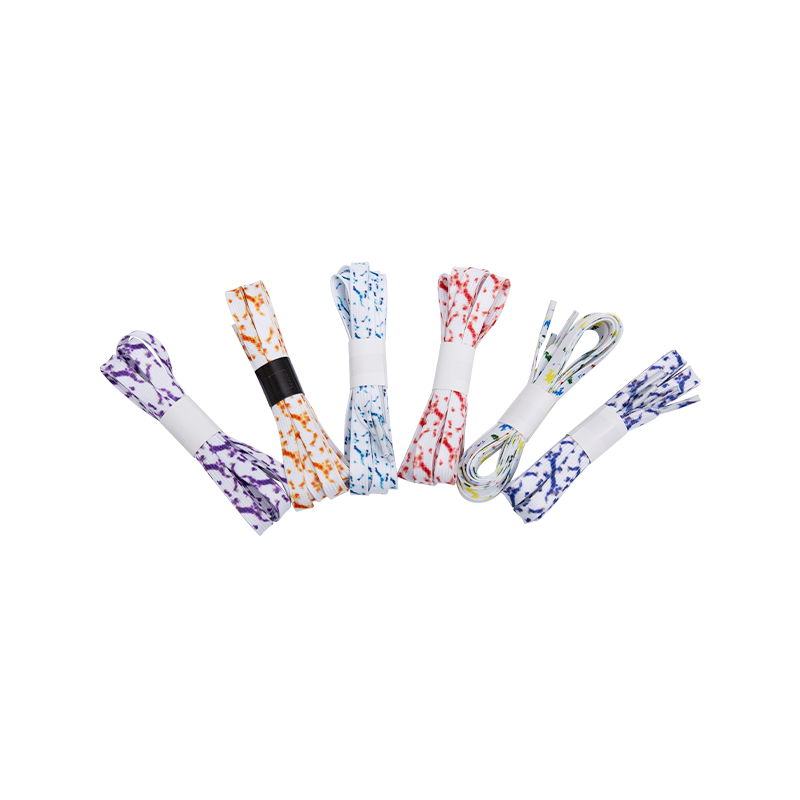
Should You Start Printing Your Own Custom Laces: An In-Depth Look at Techniques and Opportunities?
Exploration of Custom Lace Creation: The Rise of Personalized Footwear Accessories
The modern desire for personalization has extended into every facet of fashion, making footwear accessories a burgeoning area for creative expression. No longer merely functional components for securing shoes, laces have transformed into small, dynamic canvases capable of conveying personal style, team allegiance, or even promotional messages. This shift has fueled a significant interest in the practice of imprinting custom designs onto these narrow lengths of fabric. The appeal lies in their ability to offer an affordable, easily interchangeable point of customization that instantly revitalizes a pair of shoes. For creators and entrepreneurs, this presents a compelling field where a relatively small investment in equipment and materials can unlock a pathway to producing truly unique items. Understanding the core technologies behind this customization is the first step toward realizing the full creative and commercial potential inherent in this seemingly simple accessory.
The Art of Dye-Sublimation: Vibrant Designs for Polyester Materials
One of the most popular and effective methods for imprinting intricate designs onto shoelaces, particularly those made from polyester, is the technique of dye-sublimation. This process is fundamentally a chemical change where solid dye is converted directly into a gas without passing through a liquid stage, allowing the design to be permanently bonded with the synthetic fibers of the lace. The process begins with printing the desired image onto specialized transfer paper using sublimation inks. The lace and the printed paper are then placed together within a heat press. Achieving the perfect result in sublimation hinges on carefully calibrating the heat press settings. The ideal time and temperature are critical factors that determine the vividness, permanence, and wash-fastness of the final print. Too little heat or time results in a faded image, while excessive heat risks scorching the material. When executed correctly, sublimation produces a soft, durable, full-color print that does not crack, peel, or fade, maintaining the flexible texture of the lace itself, which is paramount for comfort and usability.
Traditional Screen Printing: A Robust Approach for Cotton and Flat Laces
While sublimation excels on synthetic materials, screen printing offers a classic, highly durable alternative, particularly favored for natural fibers like cotton and for achieving a thick, tactile application of color. This technique involves pushing ink through a fine mesh screen—onto which a design stencil has been prepared—directly onto the surface of the flat lace. The nature of the screen printing process demands a precise approach when dealing with the narrow, linear structure of a shoelace. Selecting the appropriate ink type is essential; a high-quality fabric or plastisol ink that cures properly is necessary to ensure the print remains flexible and adheres permanently without flaking. Furthermore, managing the ink's viscosity and using a screen with the correct mesh count are vital for preventing the ink from bleeding or becoming too heavy, which would compromise the lace’s natural drape. This method is often preferred for simple, bold text or graphic designs where crisp line work and high opacity on dark materials are desired outcomes, providing a distinctive, durable finish.
Beyond the Basics: Advanced Customization and Material Variety
The world of lace printing extends beyond the primary methods, with creators continually exploring advanced customization techniques to expand their product offerings. For instance, thermal vinyl transfers can be employed to add metallic or holographic effects that are challenging to achieve with liquid inks or sublimation dyes, adding a specialized visual flair. Furthermore, the selection of the lace base itself is a critical design choice. Printing on *flat* laces offers the most surface area and is the easiest to manage through a press, while *tubular* or *round* laces require specialized jigs or rotating platens to ensure a consistent, all-around print. Experimenting with different material compositions, such as woven blends, also demands adjustment of the printing process. The success of any custom lace project is fundamentally tied to the initial quality of the blank material. A high-quality base ensures the print lasts longer, sits better, and provides a premium feel to the wearer, underscoring the necessity of meticulous material sourcing.
Building a Micro-Enterprise: The Business Perspective of Custom Lace Production
Transitioning from a hobbyist to a micro-entrepreneur in the custom lace space requires a strategic focus on market development and operational efficiency. The initial step involves identifying specific niche markets that possess a high demand for personalized accessories. This could involve creating specialized designs for running clubs, esports teams, academic organizations, or niche fashion subcultures. Since custom laces offer high visibility, they serve as excellent promotional items. Operational scaling typically begins with home-based production, which requires an efficient setup for design, printing, and packaging. Implementing a rigorous quality control process is non-negotiable; every pair must be checked for print alignment, color accuracy, and material defects before packaging. Customer satisfaction in this segment is strongly driven by the durability and aesthetics of the finished product, meaning that maintaining consistent, high-quality output and clearly communicating product care instructions are essential strategies for sustainable growth and a positive reputation.

News categories

- Quick Links
- Contact Information
-
-
 NO.137-1 Chenglu Road, Huashi Town, Jiangyin City214421, Jiangsu, China
NO.137-1 Chenglu Road, Huashi Town, Jiangyin City214421, Jiangsu, China -
 +86 138-0616-9220
+86 138-0616-9220 -
 Lhbhzd@126.com
Lhbhzd@126.com
bh@jyribbon.com
sales2@jyribbon.com
-
- Mobile QR Code



 English
English  русский
русский  Español
Español 










